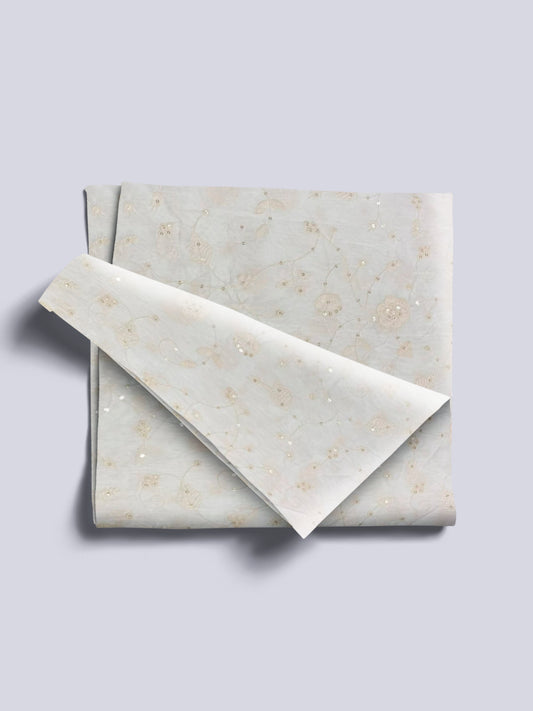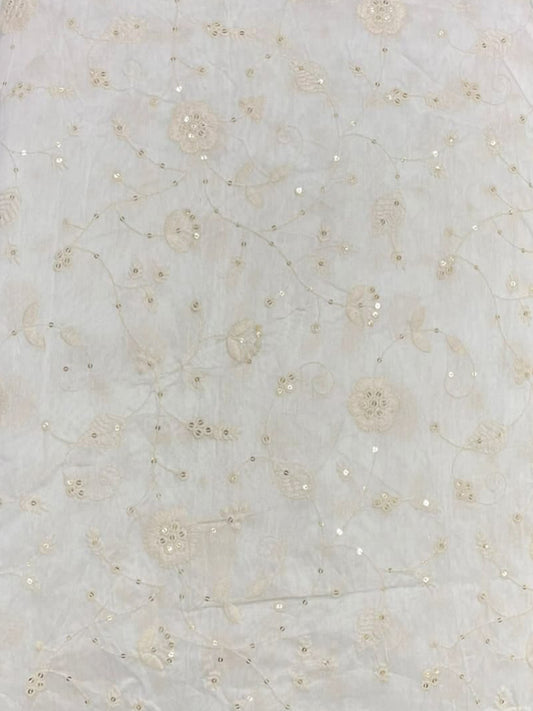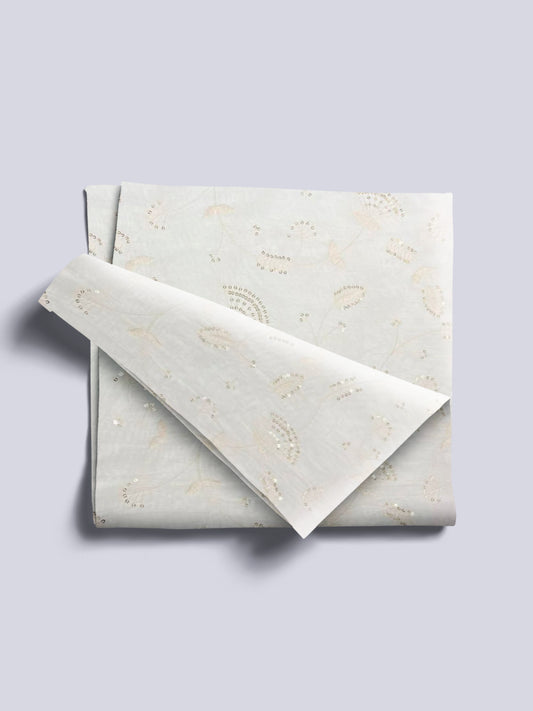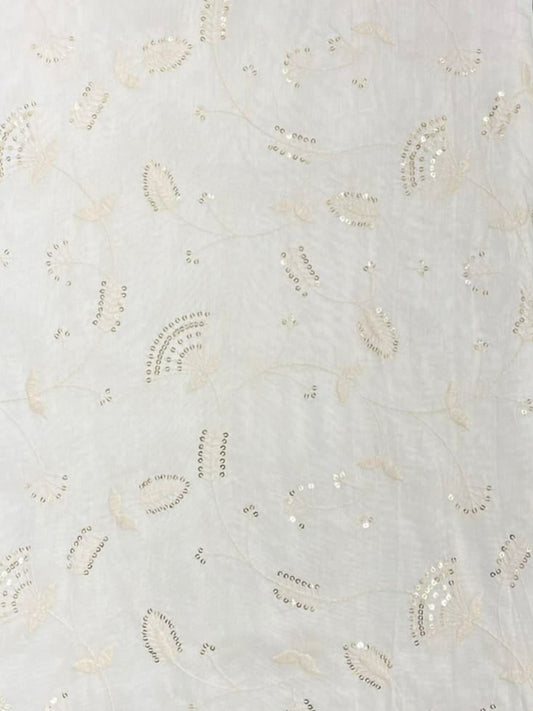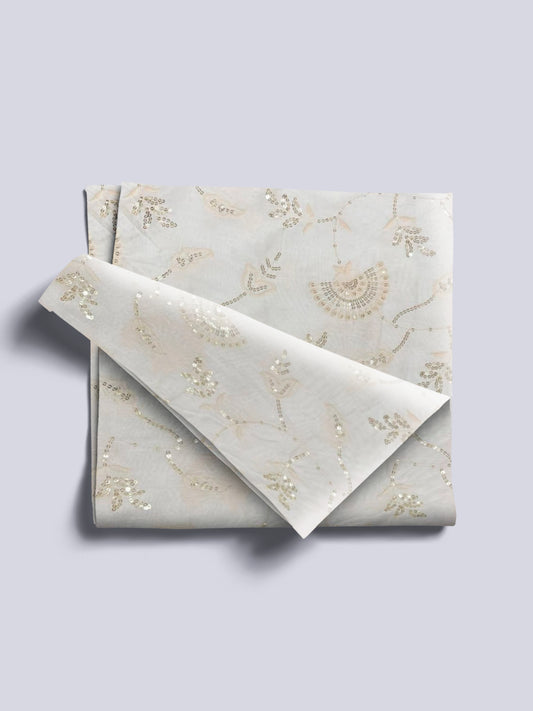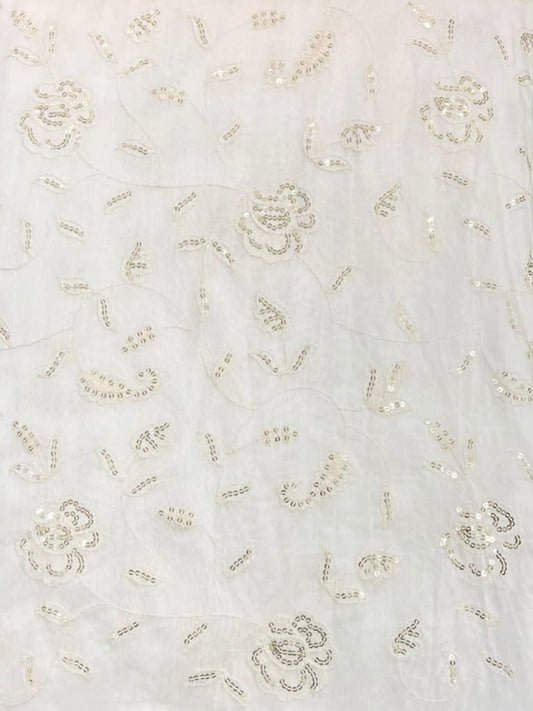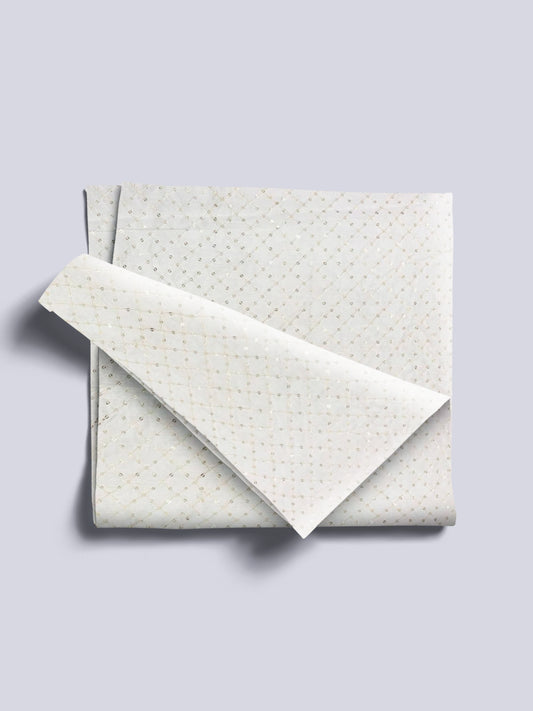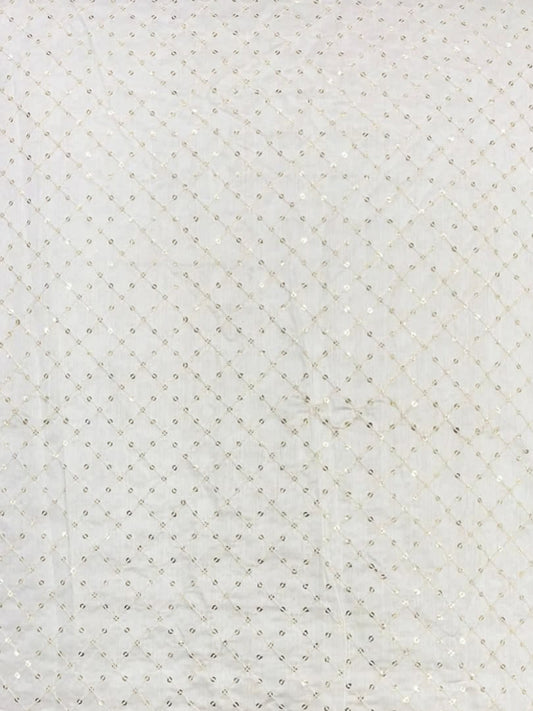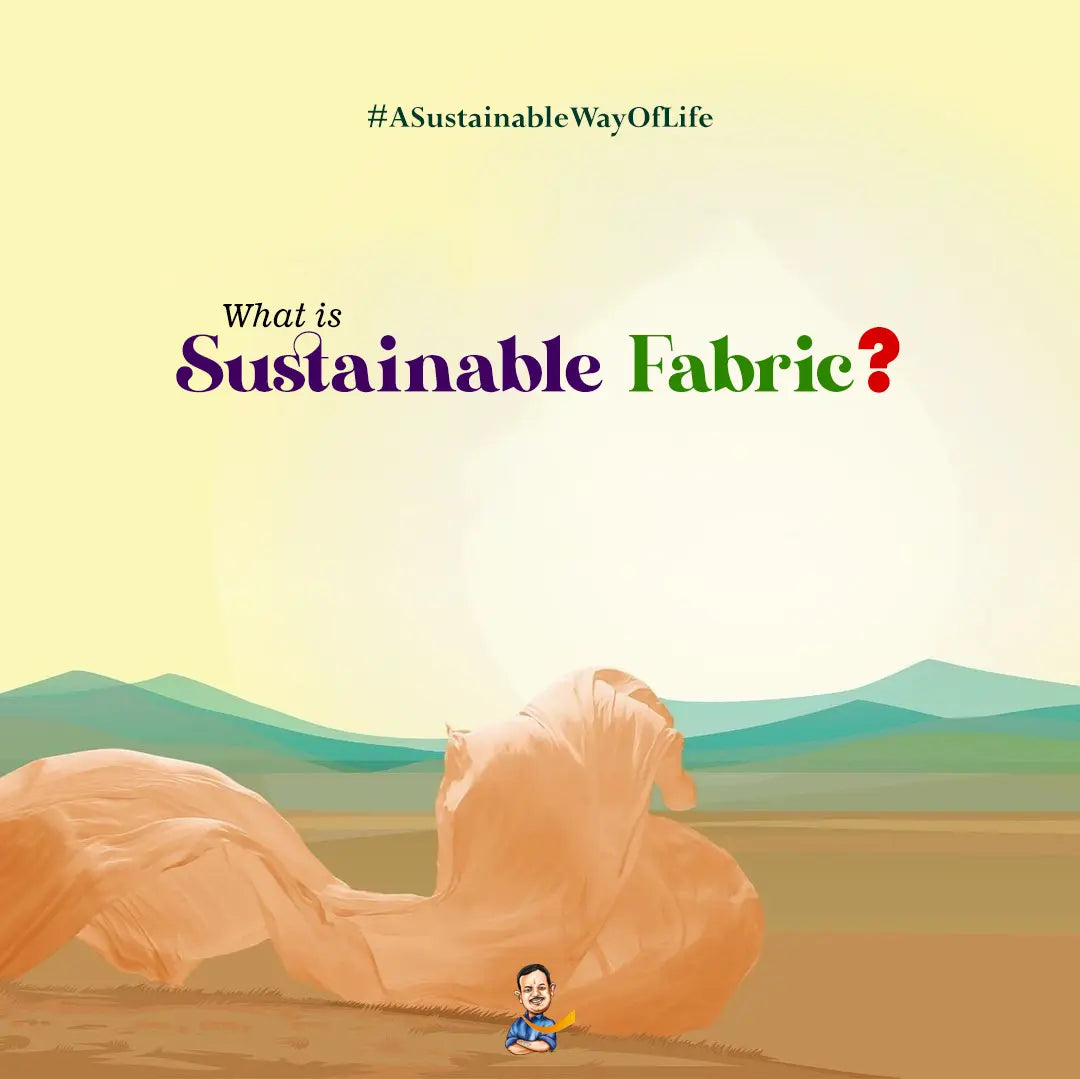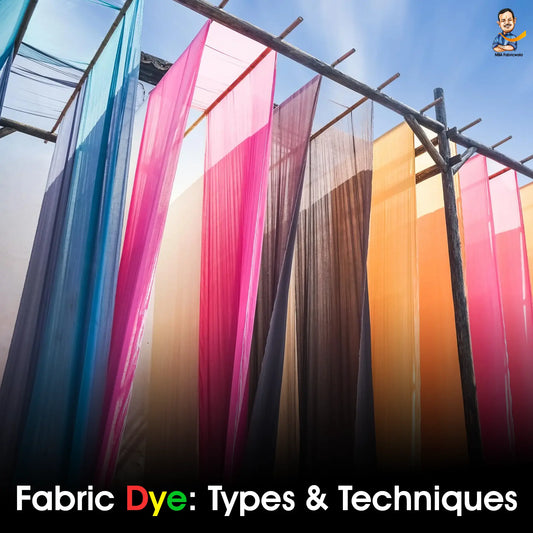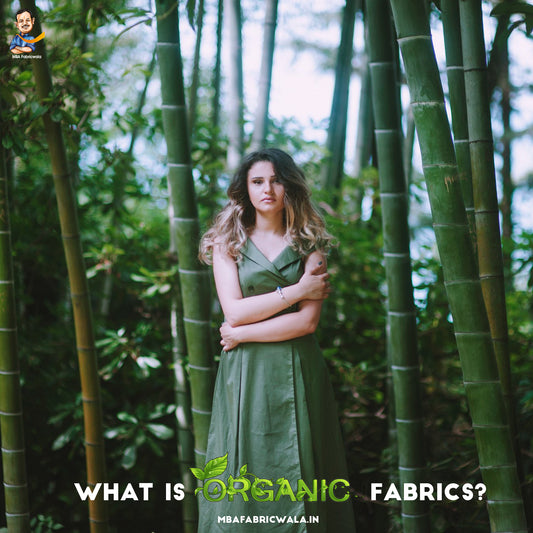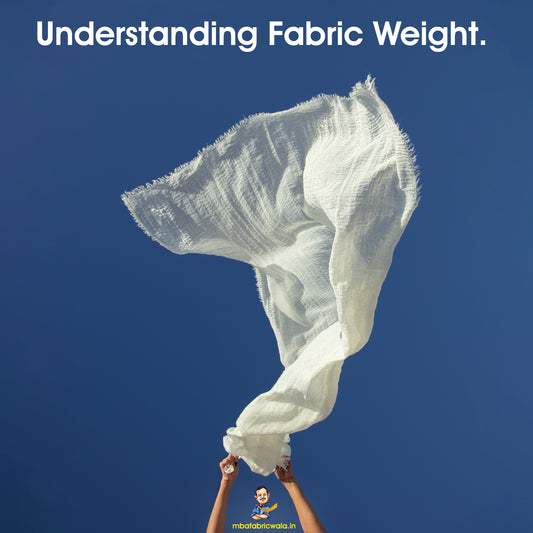What Is Sustainable Fabric?

Sustainable fabric refers to textiles that are produced with minimal impact on the environment, both in terms of sourcing raw materials and manufacturing processes. These fabrics prioritize eco-friendly practices, such as reducing water usage, minimizing chemical inputs, and promoting ethical labor practices throughout the supply chain.
Sustainability in the Textile Industry: Why It Matters

The textile industry is one of the largest polluters globally, contributing to water pollution, deforestation, and greenhouse gas emissions. Sustainable fabric aims to address these issues by promoting environmentally friendly practices. By choosing sustainable textiles, businesses can reduce their carbon footprint, mitigate environmental damage, and contribute to a healthier planet.
Different Types of Sustainable Textiles
-
Organic Cotton:
Grown without the use of synthetic pesticides or fertilizers, organic cotton reduces chemical pollution and promotes soil health.
-
Hemp:
Hemp is a versatile and eco-friendly crop that requires minimal water and no pesticides to grow. It produces strong and durable fibers suitable for various applications.
-
Bamboo:
Bamboo fabric is derived from bamboo grass, which grows rapidly without the need for chemicals or irrigation. It is naturally antibacterial and biodegradable.
-
Recycled Polyester:
Made from post-consumer plastic bottles, recycled polyester helps reduce plastic waste in landfills and oceans while conserving energy and resources.
-
Tencel (Lyocell):
Tencel is produced from sustainably sourced wood pulp, typically from eucalyptus trees. It is known for its softness, breathability, and biodegradability.
-
Linen:
Linen is made from the fibers of the flax plant and requires fewer pesticides and water compared to conventional crops like cotton.
Sustainable Textile Innovations

The textile industry is continuously evolving, with innovations driving sustainability forward. Some notable advancements include:
- Waterless Dyeing: Technologies like air dyeing and digital printing minimize water usage and chemical discharge, reducing environmental impact.
- Biodegradable Fibers: Researchers are developing fibers that break down naturally at the end of their lifecycle, reducing waste accumulation.
- Closed-Loop Systems: Closed-loop systems recycle water, chemicals, and waste materials, creating a more efficient and sustainable production process.
- Plant-Based Alternatives: Innovations such as mushroom leather and pineapple fiber offer cruelty-free and biodegradable alternatives to traditional animal-based textiles.
Sustainable Textile Schools and Resources

Several institutions and organizations offer courses and resources on sustainable textiles, equipping professionals with the knowledge and skills to drive positive change in the industry. Some renowned institutions include:
- Fashion Institute of Technology (FIT): FIT offers programs focusing on sustainable fashion and textiles, covering topics like eco-friendly materials and ethical sourcing.
- Textile Exchange: Textile Exchange provides resources, training, and certification programs for businesses looking to adopt sustainable practices in their supply chains.
- Sustainable Apparel Coalition (SAC): SAC offers tools and resources for measuring and improving the sustainability performance of apparel and footwear products.
Handbook of Sustainable Luxury Textiles and Fashion

The "Handbook of Sustainable Luxury Textiles and Fashion" is a comprehensive guide covering various aspects of sustainable fashion and textiles, including materials, manufacturing processes, and consumer behavior. It serves as a valuable resource for businesses looking to incorporate sustainability into their luxury offerings.
Sustainable Textile: Essential FAQs

- What Does Sustainability Mean in Textiles?
Sustainability in textiles refers to the adoption of practices and processes that minimize environmental impact and promote social responsibility throughout the textile production lifecycle. This includes reducing energy and water consumption, minimizing waste and pollution, using eco-friendly materials, and ensuring fair labor practices.
- What Is Sustainability in Textiles and Fashion?
Sustainability in textiles and fashion encompasses the same principles as sustainability in textiles but extends them to the fashion industry. It involves producing garments and accessories in ways that prioritize environmental conservation, ethical sourcing, and social equity. Sustainable fashion aims to create clothing that is not only stylish but also eco-friendly, durable, and socially responsible.
- What Are Sustainable Textiles?
Sustainable textiles are fabrics that are produced using environmentally friendly processes and materials, with minimal impact on the planet and society. These textiles may include organic fibers, recycled materials, and innovative alternatives that reduce resource consumption, pollution, and waste generation.
- How to Make Sustainable Textiles?
To make sustainable textiles, manufacturers can adopt various strategies, including:
- Using organic or recycled fibers: Choosing materials such as organic cotton, recycled polyester, hemp, or bamboo reduces the environmental impact of textile production.
- Implementing eco-friendly production processes: Utilizing technologies that minimize water and energy consumption, reduce chemical usage, and promote recycling and waste reduction.
- Ensuring ethical sourcing and labor practices: Partnering with suppliers who adhere to fair labor standards and support workers' rights throughout the supply chain.
- Investing in innovation: Exploring new materials, techniques, and technologies that offer sustainable alternatives to conventional textile production methods.
- What Is the Term Sustainable Textiles?
The term "sustainable textiles" refers to fabrics and materials that are produced and used in ways that minimize environmental impact and promote social responsibility. It encompasses the entire lifecycle of textile products, from raw material sourcing to manufacturing, distribution, use, and disposal.
- When Was the Term Sustainable Development First Used in Textiles?
The concept of sustainable development, which emphasizes balancing economic, environmental, and social considerations for long-term prosperity, gained prominence in the late 20th century. While the exact origin of its use in textiles may vary, the principles of sustainability have been increasingly applied to the textile industry since the late 20th century, driven by growing awareness of environmental and social issues.
- Why Industries Working in Sustainable Textile and Apparel India?
Industries working in sustainable textile and apparel in India recognize the importance of addressing environmental and social challenges while maintaining economic growth. By adopting sustainable practices, these industries can:
- Reduce environmental impact: India's textile industry is one of the largest contributors to pollution and resource depletion. Embracing sustainability can help minimize water usage, chemical pollution, and waste generation.
- Meet consumer demand: With increasing awareness of sustainability among consumers, there is a growing demand for eco-friendly and ethically produced textiles and apparel. By catering to this demand, Indian industries can capture new markets and enhance brand reputation.
- Ensure social responsibility: Sustainable practices in the textile industry involve fair labor practices, safe working conditions, and equitable treatment of workers. By prioritizing social responsibility, Indian industries can improve the livelihoods of workers and communities while fostering inclusive growth.
In conclusion, sustainable fabric is not just a trend; it's a fundamental shift towards a more responsible and ethical textile industry. By embracing sustainable practices and materials, businesses can not only reduce their environmental impact but also meet the growing demand for eco-friendly products. With continuous innovation and education, the future of textiles looks brighter and more sustainable than ever before.
